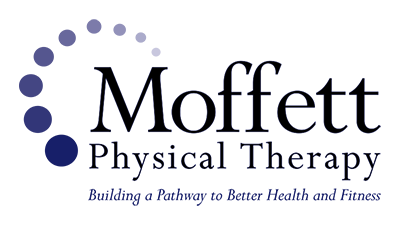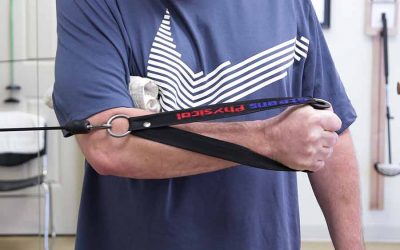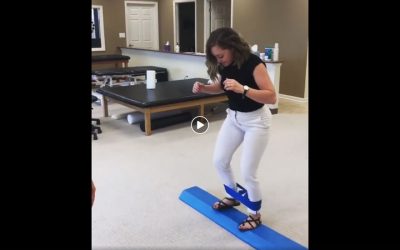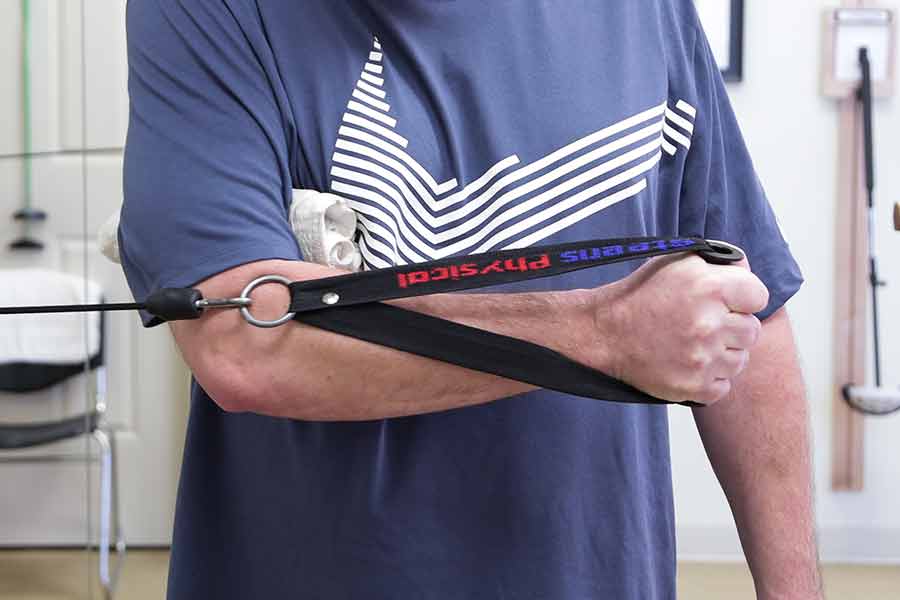
Shoulder / Elbow / Wrist
Shoulder Dislocaton
The shoulder is most mobile joint in the body. It is very susceptible dislocation. A partial dislocation is called a subluxation. A dislocation occurs when the entire humerus (upper arm bone) comes out of the socket. Afterwards muscular guarding, spasming and pain limit motion. Subluxations and dislocations also result in shoulder instability. A rotator cuff and/or labral (cartilage) tear may also be present after a dislocation. Physical therapy treatment after dislocation is prescribed to reduce pain, improve stability, reduce guarding and spasming, along with increasing functional shoulder motion. In some cases, chronic instability can occur after dislocation. In these cases, surgery is indicated and physical therapy will be re-instated post-operatively to assist with return to normal function.
Shoulder Fracture
Fractures of the shoulder, clavicle, and shoulder blade (scapula) often occur from trauma such as falling on an outstretched arm. For a displaced, or bad, fracture surgical intervention with plates and screws is indicated. Once the fracture is stable, physical therapy is indicated to reduce pain, increase range of motion, strength, scapular stability, and flexibility to progress to a speedy return to previous level of function.
Frozen Shoulder
Frozen shoulder is also known as adhesive capsulitis. The exact mechanism of why this condition occurs is not known. Pain is typically described as a general ache about the shoulder and there is a progressive loss of motion. If left untreated, frozen shoulders can take two to three years to heal. According to the American Academy of Orthopedic Surgeons, over 90 percent of patients recover with conservative treatments. Physical therapy can assist with pain control along with improving range of motion. As motion of the shoulder improves, exercises for strengthening and stabilization are provided. Rehabilitation for a frozen shoulder also includes posture education, joint mobilization, soft tissue mobilization, modalities, and a customized home exercise program.
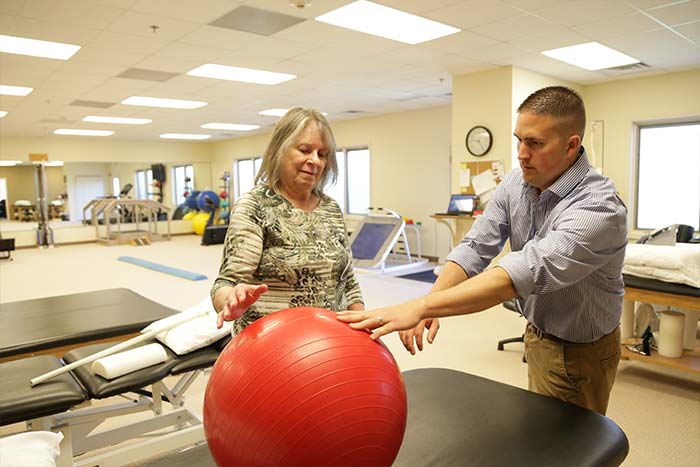
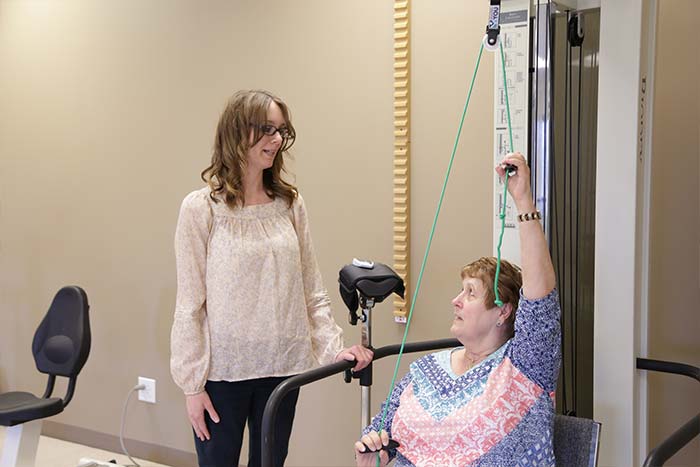
Pre- and Post-Operative Treatment
There are a number of surgical interventions for the shoulder. Some of them are: rotator cuff repair, bankart repair, fracture ORIF, clavicle repair, subacromial decompression, etc. Physical therapy can be utilized before and after surgery. Therapy prior to surgery is sometimes indicated to assure better outcomes and quicker recovery time. After surgery, the focus of therapy is to improve range of motion, flexibility, scapular stability, posture, and return to prior level of function.
Rotator Cuff Impingement
Impingement is one of the most common causes of shoulder pain. The rotator cuff is composed of four muscles: supraspinatus, infraspinatus, teres major, and teres minor. Impingement commonly occurs when the acromion (the front part of the shoulder blade) rubs against the tendons of the muscles as the arm is raised. This condition can occur as a result of sports injury, repetitive lifting, or spontaneously. Pain from other conditions such as bursitis or tendonitis may feel similar. An orthopedic surgeon may recommend surgical intervention to remove a spur (extra bone formation) to reduce impingement at this joint if it is present. Physical therapy treatment includes stretching, strengthening, stabilization exercises, soft tissue mobilization, joint mobilization, posture education and individualized home exercise program.
Rotator Cuff Tear
The rotator cuff of the shoulder is composed of four muscles: supraspinatus, infraspinatus, teres major, and teres minor. These muscles help stabilize, rotate and lift the arm. Most commonly the supraspinatus is the muscle torn in the rotator cuff. Injuries to these tendons are often a result of sports injury, repetitive lifting or activities, or trauma such as a dislocation or fracture. Some of the signs of a rotator cuff tear are: weakness, pain with movement/reaching, and popping/clicking sounds. Physical therapy can be utilized before and after surgery. The focus of therapy is to improve range of motion, flexibility, scapular stability, posture, and return to prior level of function.
Carpal Tunnel
Carpal Tunnel is a condition of the hand and wrist. One of the nerves (median) to the hand is compressed in the wrist (carpal tunnel) resulting in pain, numbness, and tingling. Symptoms usually come and go, and can decrease with moving and shaking the hands. If not treated, symptoms progress with time to a point when surgery is indicated. Symptoms can occur with driving, typing, carrying objects, and reading. When this condition progresses, weakness in the hand is often found. Physical therapy provides the patient with workstation ergonomics, splinting (if necessary), strengthening, stretching, and home exercises.
Colle's Fracture
A Colle’s fracture is the most common fracture of the wrist. This kind of fracture is sustained after a fall on an outstretched arm. The wrist is composed of two bones: the radius and ulna. A Colle’s fracture is a fracture of the radius. In more severe cases, the ulna may also be broken. In some cases, this fracture needs to be stabilized with surgery. A loss of strength and motion occurs due to the lack of use and mobility of the wrist as the fracture heals. Physical therapy can assist with the return of motion and strength to speed the recovery process. Rehabilitation post fracture includes: providing appropriate bracing if needed, stretching, strengthening exercises, soft tissue mobilization, modalities, and customized home exercise programs.
Golfer's Elbow
Golfer’s elbow is also known as medial epicondylitis. The action of the muscles that attach at this point of the elbow cause the wrist to flex. Pain described is similar to tennis elbow; a sharp or burning discomfort on the inside of the elbow which can progress into the forearm. Physical therapy treats this condition by providing appropriate bracing if needed, stretching, strengthening exercises, soft tissue mobilization, modalities, and customized home exercise programs.
Tennis Elbow
Tennis elbow is also known as lateral epicondylitis. It is a form of tendonitis of the elbow commonly found in athletes that play racket sports and also in workers with jobs requiring repetition. The action of the muscles that attach at this point of the elbow cause the wrist to lift upward (extend). Pain is often described as a sharp or burning discomfort on the outside of the elbow which can progress into the forearm. It can occur with both elbow and/or wrist movements. Physical therapy treats this condition by providing appropriate bracing if needed, stretching, strengthening exercises, soft tissue mobilization, modalities, and customized home exercise programs.
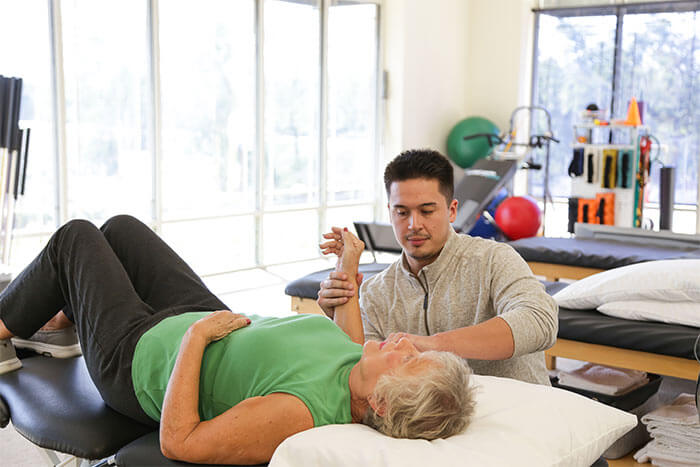
Related Blog Posts
How Physical Therapy Can Help Long Covid-19
What is Long Covid-19 Roughly 385 million cases of Covid-19 have been reported globally since the start of the pandemic 2 years ago, and about 25% of people who contracted Covid-19 have lingering symptoms that last anywhere from 1 to 12 months after initially...
Hip pain exercise
Improve Hip Strength, Balance, and Core
https://www.facebook.com/MoffettPT/videos/1110766505728010/
Contact us today to get started.
Hours
Monday - Thursday 7:00 am - 8:00 pm
Friday 7:00 am - 3:00 pm
Closed Saturday and Sunday
(847) 659-1000
